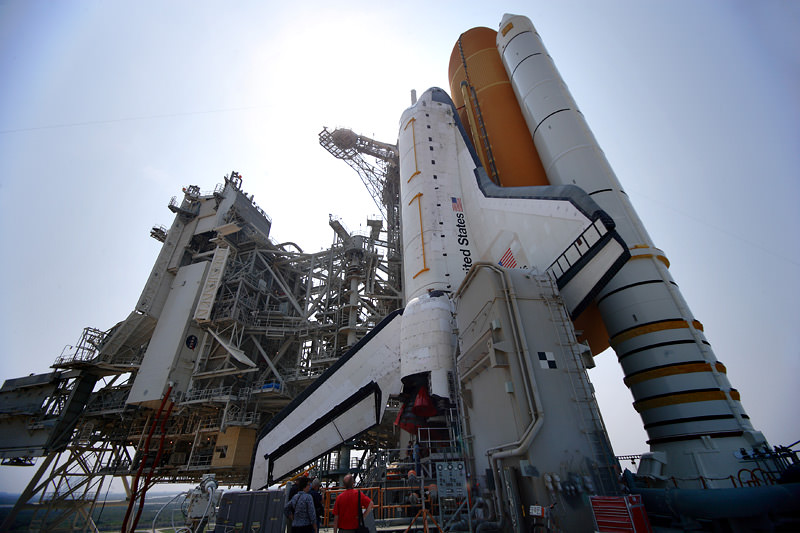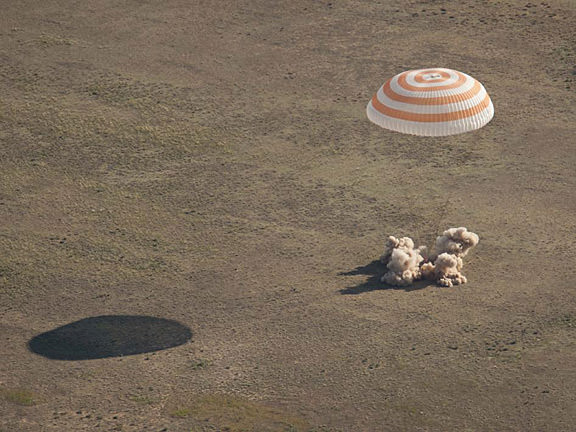As we await the final launch of a space shuttle, here’s a blast from the past: the first ever space shuttle mission (complete with early 80’s funky music). Columbia launched on the first flight (STS-1) on April 12, 1981 and landed in California on April 14.
Gallery: Atlantis, the Last Shuttle on the Launchpad
[/caption]
It was the ultimate experience for a space enthusiast. Universe Today photographer Michael Deep had the opportunity to get up close and personal with the last shuttle that will ever sit on a launchpad and head to space. Enjoy some unique views of space shuttle Atlantis before she goes down into history as the final shuttle to launch to space.
And stay tuned all week for great photos and articles to chronicle the final shuttle launch: Universe Today photographers Alan Walters, Mike Deep, and David Gonzales as well as writers Ken Kremer and Jason Rhian are on location at Kennedy Space Center to provide full coverage.
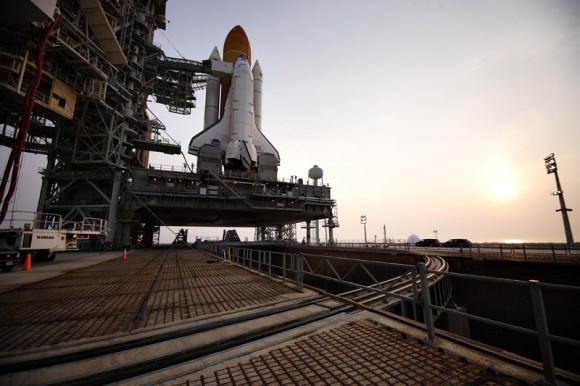
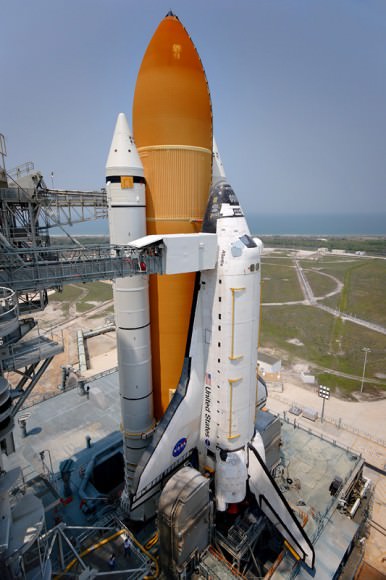
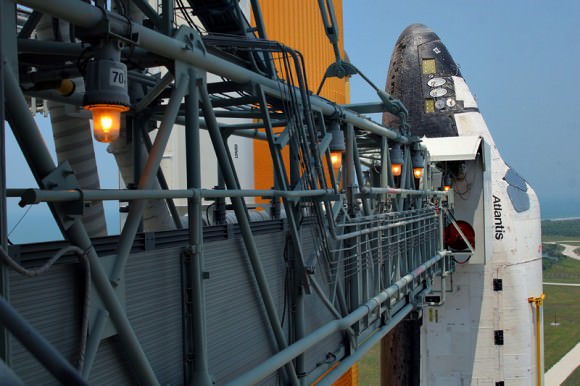
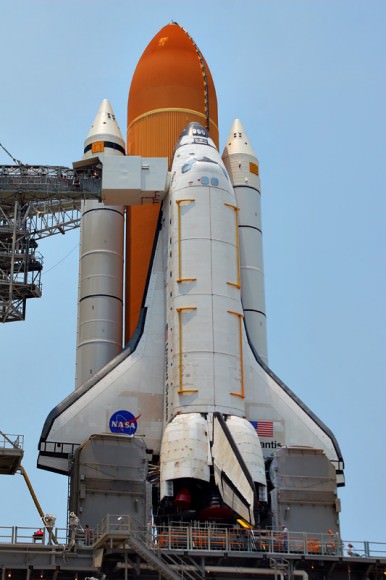
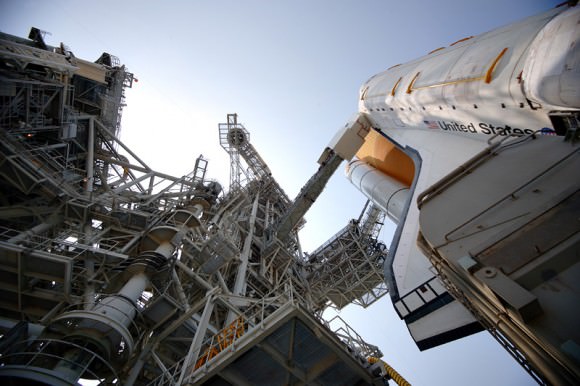

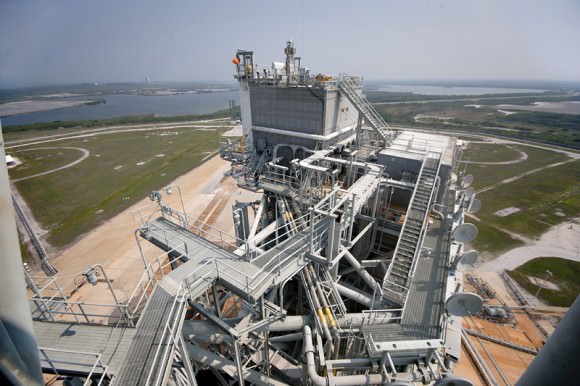
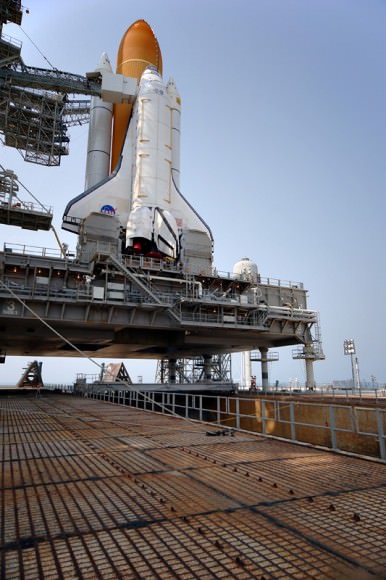
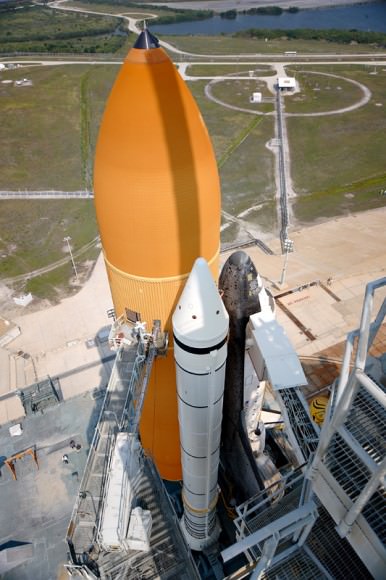
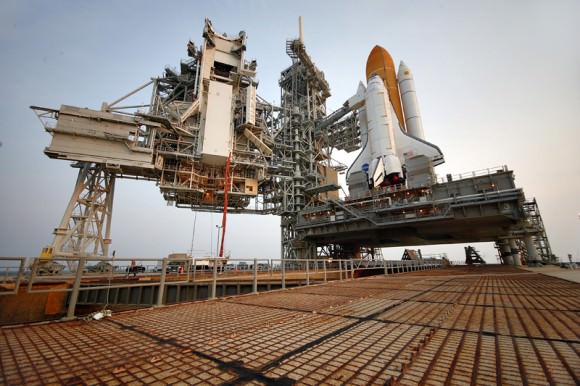
Absorption of Light
[/caption]
Those who can remember sitting through elementary science class might recall learning that with all matter, light is absorbed and converted into energy. In the case of plants, this process is known as photosynthesis. However, they are by no means the only species or objects that do this. In truth, all objects, living or inorganic are capable of absorbing light. In all cases, absorption depends on the electromagnetic frequency of the light being transmitted (i.e. the color) and the nature of the atoms of the object. If they are complementary, light will be absorbed; if they are not, then the light will be reflected or transmitted. In most cases, these processes occur simultaneously and to varying degrees, since light is usually transmitted at various frequencies. Therefore most objects will selectively absorb light while also transmitting and/or reflecting some of it. Wherever absorption occurs, heat energy is generated.
As already noted, absorption depends upon the state of an objects electrons. All electrons are known to vibrate at specific frequencies, what is commonly known as their natural frequency. When light, in the form of photons, interacts with an atom with the same natural frequency, the electrons of that atom will become excited and set into a natural vibrational motion. During this vibration, the electrons of the atom interact with neighboring atoms in such a way as to convert this vibrational energy into thermal energy. Subsequently, the light energy is not to be seen again, hence why absorption is differentiated from reflection and transmission. And since different atoms and molecules have different natural frequencies of vibration, they will selectively absorb different frequencies of visible light.
By relying on this method, physicists are able to determine the properties and material composition of an object by seeing which frequencies of light it is able to absorb. Whereas some materials are opaque to some wavelengths of light, they transparent to others. Wood, for example, is opaque to all forms of visible light. Glass and water, on the other hand, are opaque to ultraviolet light, but transparent to visible light.
Ultimately, absorption of electromagnetic radiation requires the generation of the opposite field, in other words, the field which has the opposite coefficient in the same mode. A good demonstration of this is color. If a material or matter absorbs light of certain wavelengths (or colors) of the spectrum, an observer will not see these colors in the reflected light. On the other hand if certain wavelengths of colors are reflected from the material, an observer will see them and see the material in those colors. For example, the leaves of green plants contain a pigment called chlorophyll, which absorbs the blue and red colors of the spectrum and reflects the green. Leaves therefore appear green, whereas reflected light often appears to the naked eye to be refracted into several colors of the spectrum (i.e. a rainbow effect).
We have written many articles about the absorption of light for Universe Today. Here’s an article about absorption spectra, and here’s an article about absorption spectroscopy.
If you’d like more info on light absorption, check out an article about Light Absorption, Reflection, and Transmission. Also, here’s an article about reflection and absorption of light.
We’ve also recorded an entire episode of Astronomy Cast all about Energy Levels and Spectra. Listen here, Episode 139: Energy Levels and Spectra.
Sources:
http://en.wikipedia.org/wiki/Absorption_%28electromagnetic_radiation%29
http://hyperphysics.phy-astr.gsu.edu/hbase/biology/ligabs.html
http://www.physicsclassroom.com/class/light/u12l2c.cfm
http://www.andor.com/learning/light/?docid=333
http://www.chemicool.com/definition/absorption_of_light.html
http://hyperphysics.phy-astr.gsu.edu/hbase/biology/photosyn.html#c1
Reason to Serve Red Wine on the Space Station?
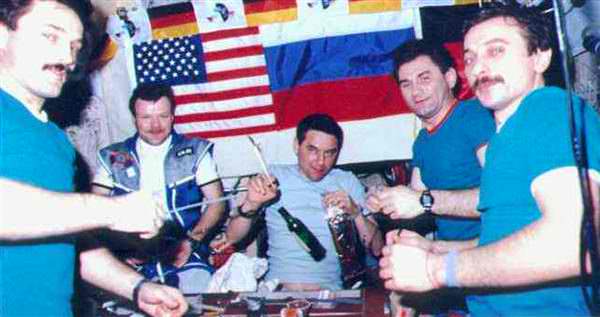
[/caption]
Some new research may make NASA reconsider its “no alcohol in space” policy. A new study suggests that the “healthy” ingredient in red wine, resveratrol, may prevent the negative effects that weightlessness has on muscle and bone metabolism. This also could apply to people who live sedentary lifestyles.
The study had rats in the simulated the weightlessness of spaceflight, and the group that was fed resveratrol did not develop loss of bone mineral density or develop insulin resistance, as did those who were not fed resveratrol.
Weightlessness was simulated by hindlimb tail suspension, a common technique used to study weightlessness physiology. The control group that was not given resveratrol showed a decrease in soleus muscle mass and strength, the development of insulin resistance, and a loss of bone mineral density. The group receiving resveratrol showed none of these complications.
“There are overwhelming data showing that the human body needs physical activity, but for some of us, getting that activity isn’t easy,” said Gerald Weissmann, M.D., Editor-in-Chief of the journal Federation of the American Societies for Experimental Biology (FASEB). “A low gravity environment makes it nearly impossible for astronauts. For the earthbound, barriers to physical activity are equally challenging, whether they be disease, injury, or a desk job. Resveratrol may not be a substitute for exercise, but it could slow deterioration until someone can get moving again.”
Of course, resveratrol can be taken in supplement form, but why spoil the fun? It is well known that Russian cosmonauts have imbibed in space, although probably not on the International Space Station. Alexander Lazutkin, who served aboard the Mir space station has said that Russian doctors recommended alcohol for “neutralizing the harmful effect of the atmosphere,” to keep cosmonauts “in tone” and to neutralize tension.
Weissmann added that red wine could become the “toast of the Milky Way.”
The study was published in the FASEB Journal
Sources: EurekAlert, Cosmic Log
End of the Shuttle Era: Q & A With Shuttle Launch Director Mike Leinbach
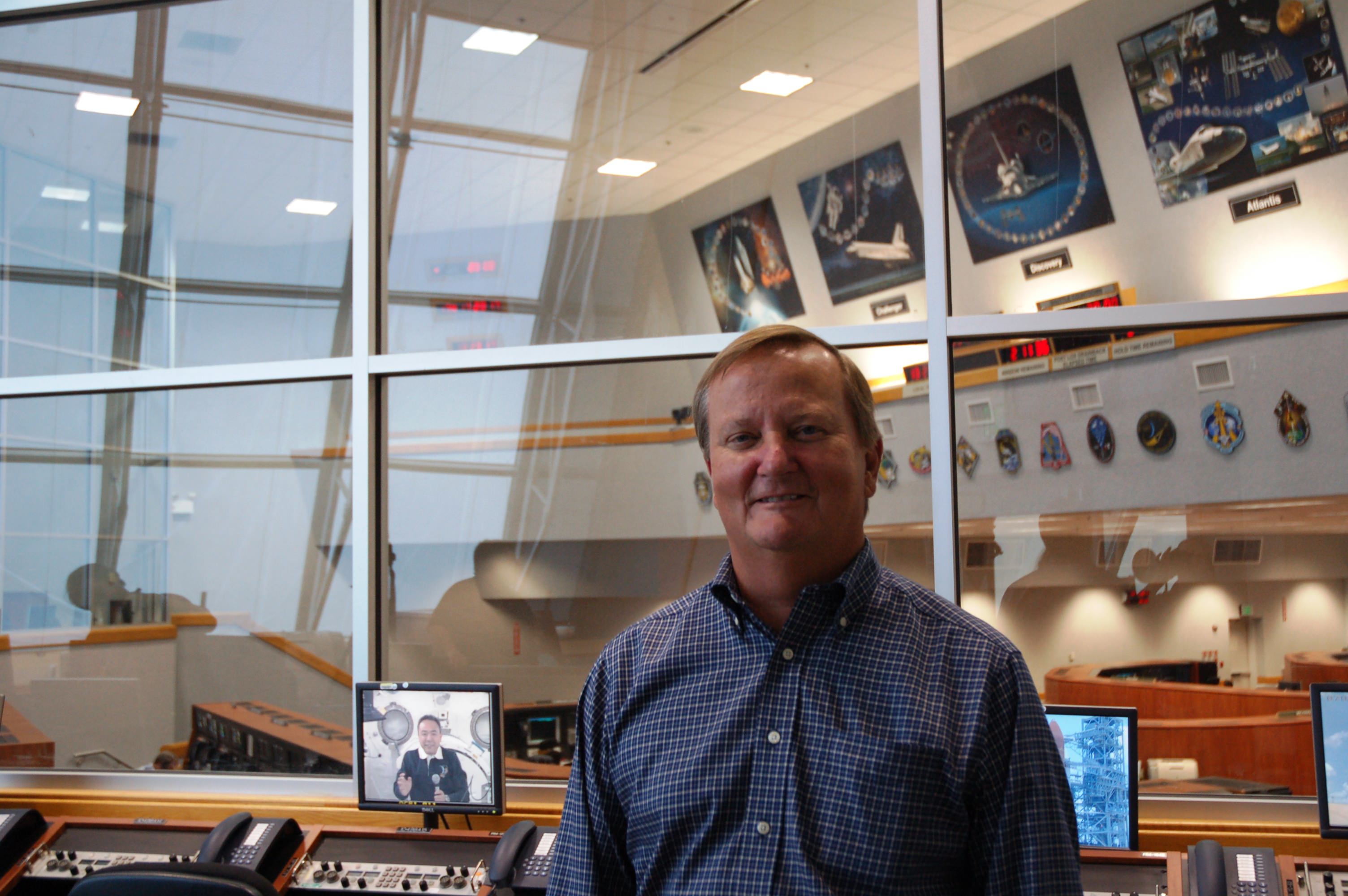
[/caption]
CAPE CANAVERAL Fla. – He has been with the shuttle program for the past three decades and has witnessed both its tragedies and its triumphs. NASA’s Shuttle Launch Director Mike Leinbach reflected on the end of the shuttle era when interviewed this week. He talked a bit about his plans for the future as well as what he thinks people can expect from both him and his team on launch day.
Q: The Terminal Countdown Demonstration Test (TCDT) for STS-135 has just wrapped up, is this is a period of accelerated work for you and your team or is this a time when you can catch your breath?
Leinbach: “This TCDT was a little different; we had a very busy period getting the crew
ready for this mission. On July 4 we’ll have a bit of a break and then things
will pick right back up again as we get ready for launch.”
Q: What do you think you will be feeling when that final launch occurs?
Leinbach: “I don’t know, I mean I have thought a lot about this…I don’t know what it’s
going to be like. For the last flight of Discovery we had one more launch for
both Endeavour and Atlantis, well now this really and truly the last flight of
the shuttle program… so it’s going to be a very reflective time.”
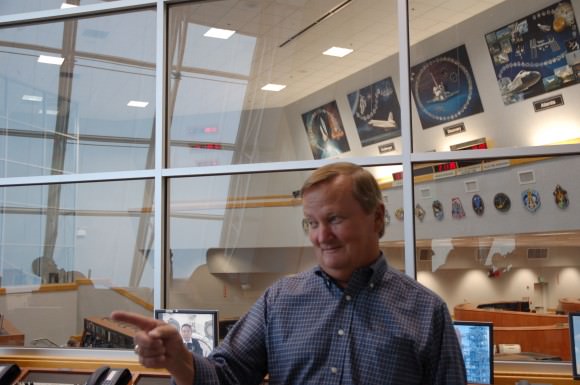
Q: Do you think anything will be special about this mission?
Leinbach: “The launch itself will be very much any other launch. When the guy’s are
working on the consoles they are very serious about what they are doing.
They won’t be distracted by the fact that it is the last one.
Q: Speaking of your job – it keeps you very busy, have you had any time to reflect?
Leinbach: “For the moment I still have a lot to do concluding TCDT, but this Saturday I
am planning on driving out to the launch pad and just looking up at Atlantis
and just soaking it all in, all by myself.”
Leinbach started working for NASA as a structural engineer in 1984, his words are softly spoken which tends to lend them even more weight. His first mission as launch director was STS-114. This was the first shuttle launch after the loss of the space shuttle Columbia in 2003. Leinbach led the recovery team searching for Columbia’s debris in Texas. A year later in 2004 Leinbach was awarded the Presidential Rank Award, which is given in recognition of long-term accomplishments.
Atlantis will carry the four person crew of STS-135 to the International Space Station on a resupply flight designed to keep the orbiting outpost well stocked after the shuttles are decommissioned. The mission is scheduled to last twelve days, launching on July 8 at 11:26 a.m. EDT. The crew consists of Commander Chris Ferguson, Pilot Doug Hurley and Mission Specialists Sandra Magnus and Rex Walheim.
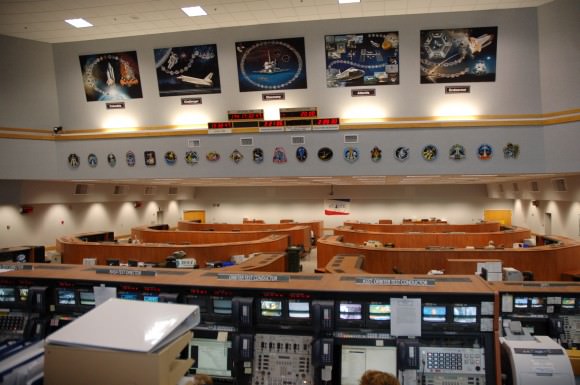
Ron Garan’s Videoblog from Space
What is it really like to live in space? ISS astronaut Ron Garan has been steadily communicating his experiences on board the space station since he arrived in April, with his Fragile Oasis blog, his Twitter feed and Twitpic account. Now he’s started a videoblog, to visually and verbally share even more of what it is like to live on the ISS for a long duration mission. His accompanying blog post also includes a transcript and some of the images he talks about.
Copenhagen Suborbitals Launch Videos
Congrats to Copenhagen Suborbitals! On Friday, a group of amateur rocketeers successfully launched the world’s first amateur-built rocket made for human space travel. The home-made HEAT-1X rocket with the Tycho Brahe capsule reached an altitude of 2.8 kilometers, launching from its floating ‘Sputnik’ platform in the Baltic Sea off the east coast of the Danish island of Bornholm. The builders, Peter Madsen, Kristian von Bengtson and their team, hoped the craft would fly 15 to 16 kilometers into the sky on its maiden voyage, but they said they would also be happy if it launched at all. And the rocket shot almost straight up in a tremendous milestone for the amateur group which hopes to send people into space on a shoestring.
Below are some great videos, including a “pilot’s point of view” – what the view looked like from the single-passenger capsule where the passenger will stand up and have a full view through a polymer plexiglas-dome so that the person can see and experience the entire ballistic ride.
Best Images from STS-134, Endeavour’s Final Mission, Part 1

[/caption]
It’s bittersweet: a very successful STS-134 shuttle mission going on right now, but it’s the last one ever for space shuttle Endeavour, and the second to the last shuttle mission ever. The best way to savor the mission is to enjoy some of the wonderful images being beamed down from space.
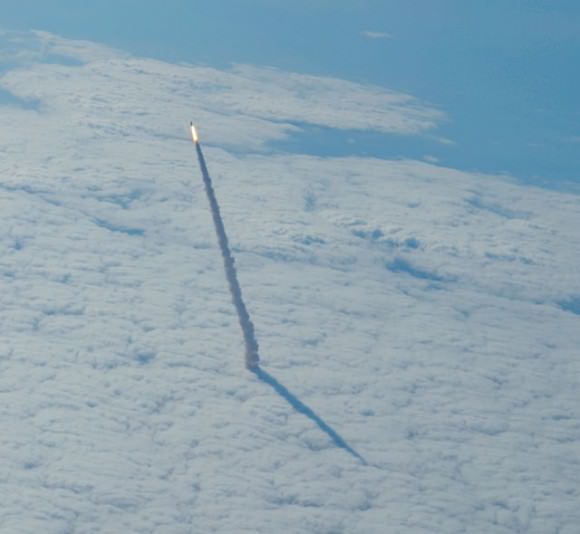
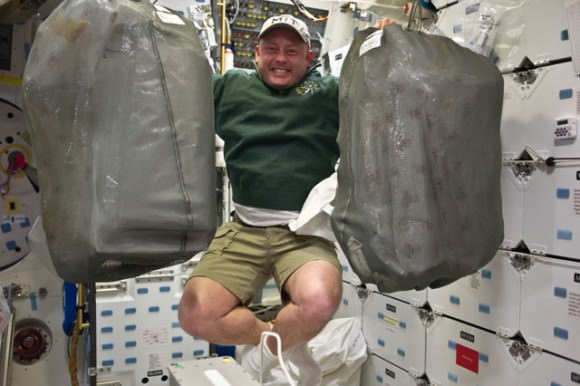
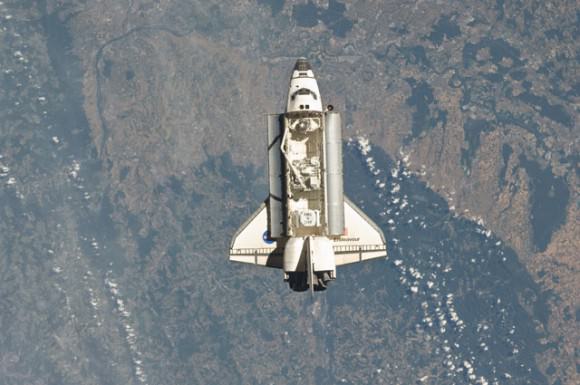
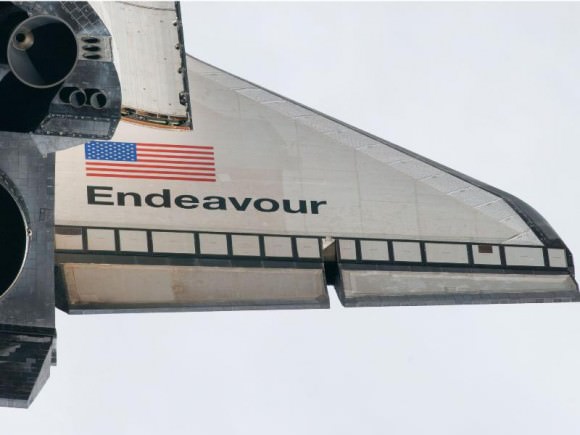
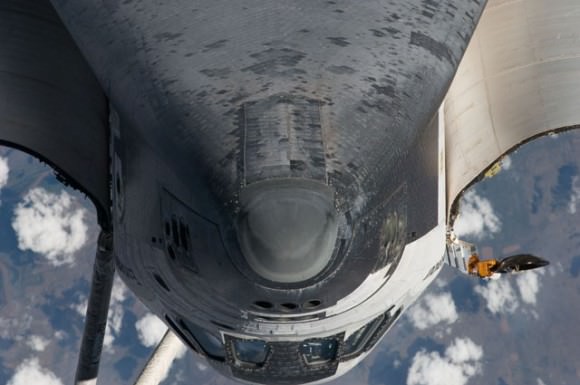
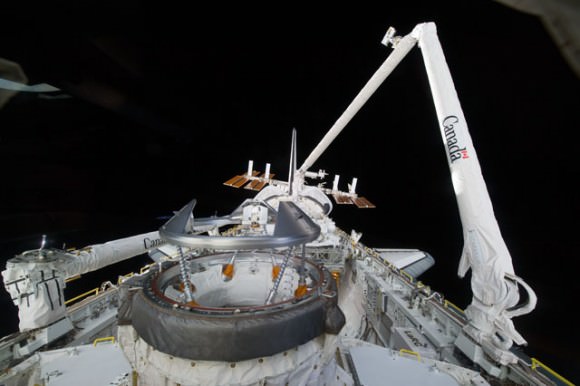
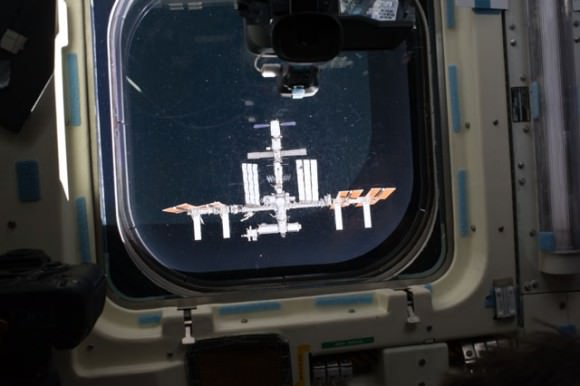
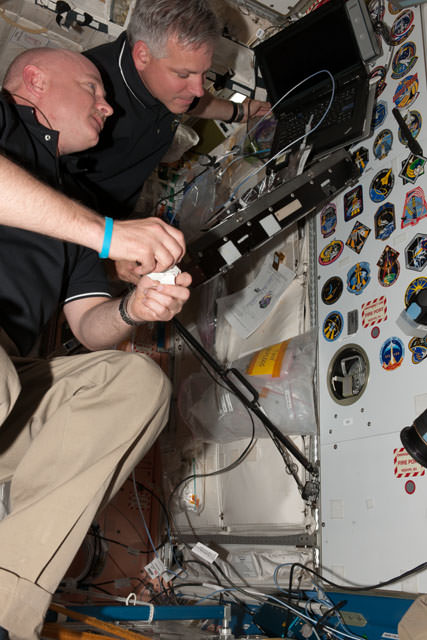
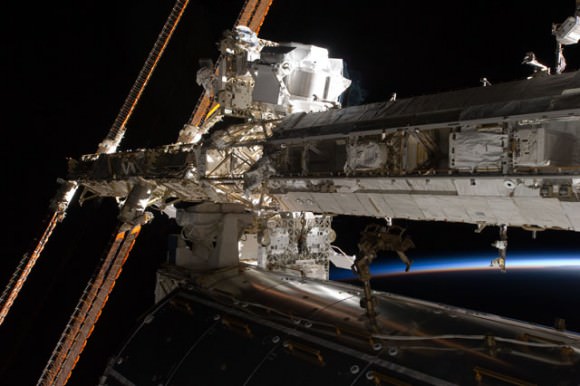
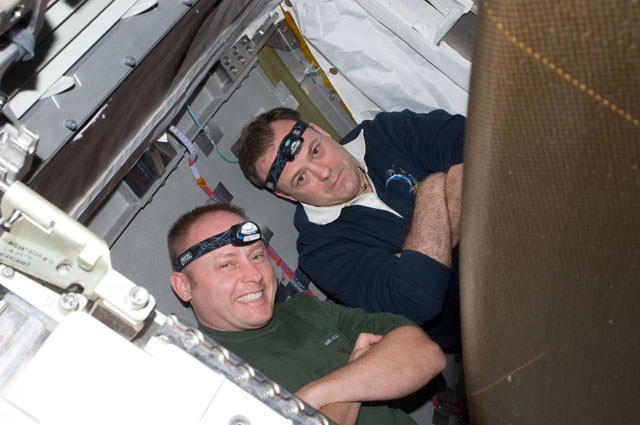
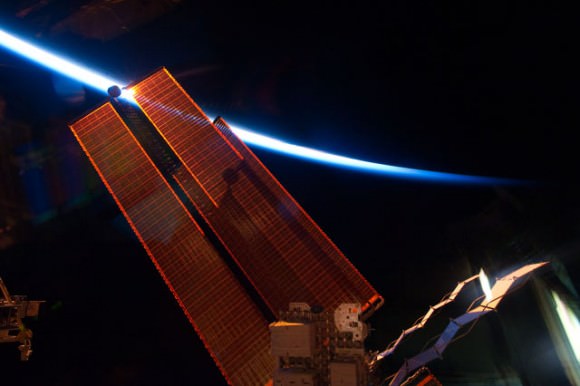
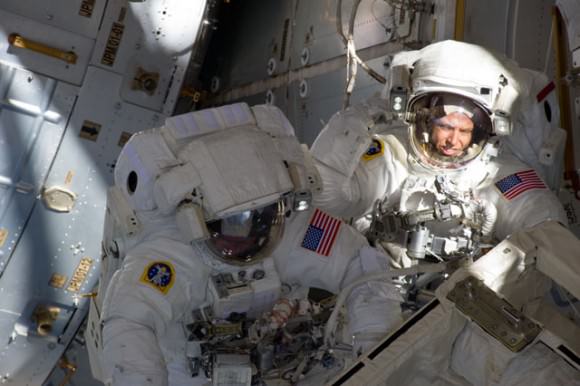
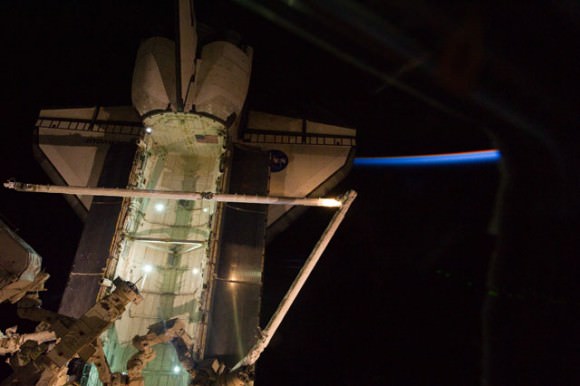
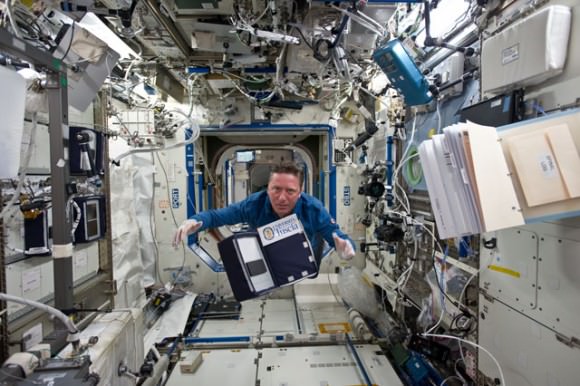
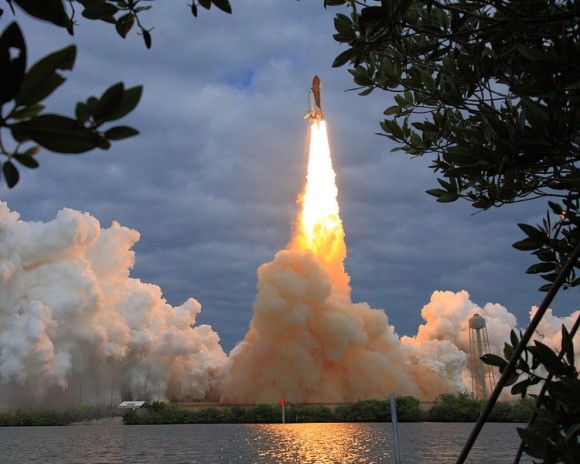
Click on each image to get access to higher resolution images, or see more images at NASA’s Human Spaceflight webpage gallery, and NASA’s Image of the Day gallery.
NASA’s Next Crew Vehicle Will be Based on Orion
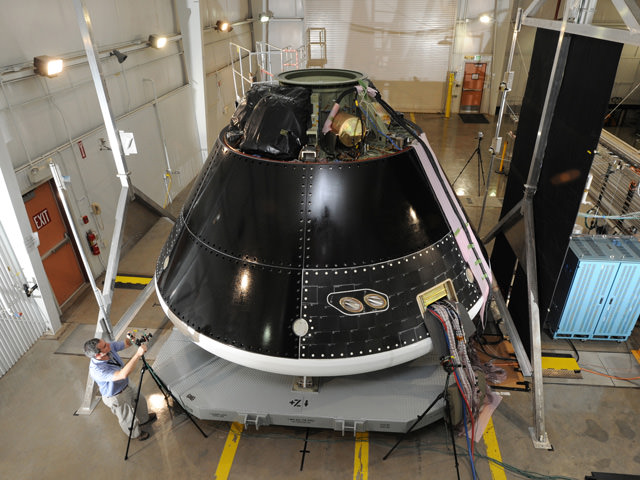
[/caption]
NASA has made a decision on their next crew vehicle, and now have plans to develop a “new” spacecraft called the Multi-Purpose Crew Vehicle (MPCV). NASA Administrator Charles Bolden announced today that the system will be based on designs originally planned for the Orion Crew Exploration Vehicle which was being built to return humans to the Moon. This decision shouldn’t come as a surprise, and it is not a huge leap or a big change for NASA — the Orion crew vehicle has been in continued development by Lockheed Martin and the company was already making changes in the vehicle for a proposed asteroid mission.
“We are committed to human exploration beyond low-Earth orbit and look forward to developing the next generation of systems to take us there,” Bolden said. “The NASA Authorization Act lays out a clear path forward for us by handing off transportation to the International Space Station to our private sector partners, so we can focus on deep space exploration. As we aggressively continue our work on a heavy lift launch vehicle, we are moving forward with an existing contract to keep development of our new crew vehicle on track.”
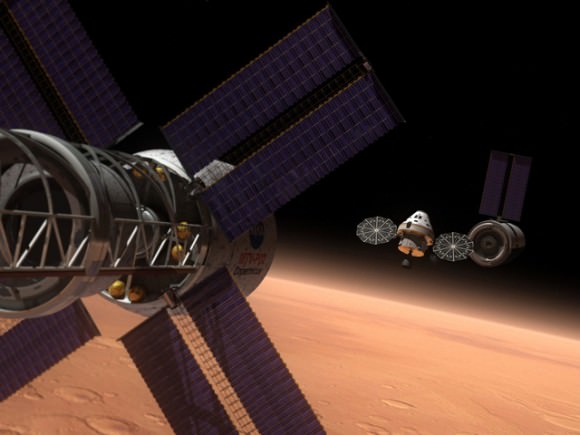
NASA said that Lockheed Martin will continue work on development of the MPCV, since they already have a test article built of the Orion. The spacecraft will carry four astronauts for 21-day missions and be able to land in the Pacific Ocean off the California coast. The spacecraft will have a pressurized volume of 690 cubic feet, with 316 cubic feet of habitable space.
It will serve as the primary crew vehicle for missions beyond low Earth orbit and be capable of conducting regular in-space operations (rendezvous, docking, extravehicular activity) in conjunction with payloads delivered by a launch system for missions beyond LEO. The MPCV could also be a backup system for ISS cargo and crew delivery.
A 21-day mission might get astronauts to a nearby asteroid, but there would not be enough time for a longer-duration, far-away asteroid mission and certainly not to Mars. It would get you to the Moon, allowing astronauts to stay a couple weeks and then return home, which was what Constellation was going to do in its first stages.
UPDATE: During a press conference today, Doug Cooke, associate administrator for NASA’s Exploration Systems Mission Directorate said that the approach on the MPCV vehicle is that it primarily will be for launch and entry with in-space capabilities for only certain periods of time. “For long term missions, we would assume that we have an in-space habitation in a larger compartment or module since the crew would need more space for longer periods of time. So whether they are going to lunar orbit or near earth asteroids, this vehicle would be maintained in a dormant mode while the crew would be in another volume that would be capable of longer term use, but this vehicle would be used as launching to a larger volume, or for reentry.”
The Orion vehicle at one time had been pegged to be a rescue vehicle for the International Space Station. Cooke said that this new vehicle is not being designed for that, but another vehicle could be in designed for that.
One big selling point is that the new MPCV is designed to be 10 times safer during ascent and entry than its predecessor, the space shuttle.
“This selection does not indicate a business as usual mentality for NASA programs,” said Cooke, “The Orion government and industry team has shown exceptional creativity in finding ways to keep costs down through management techniques, technical solutions and innovation.”
Now, NASA just needs a rocket that can take the MPCV somewhere — as well as a new name for the MPCV. (Cooke said a name for the vehicle hasn’t been their top priority.) Cooke said they hope to make an announcement in July about the launch system that will be used.
The current rumor is that the new Congressional-mandated launched system will be based on the Ares 5, the heavy-lifter NASA began designing in 2006 for manned Moon missions which was canceled by President Obama along with Orion…
Soyuz Crew Lands Safely
[/caption]
The Expedition 27 crew of Commander Dmitry Kondratyev and Flight Engineers Paolo Nespoli and Cady Coleman landed upright in a remote area southeast of the town of Dzhezkazgan, Kazakhstan, on Tuesday, May 24, 2011, after more than five months onboard the International Space Station. After undocking fromt he station, Nespoli took the first still images and video of a space shuttle docked to the station. In order to get the best view for the photo-op, the ISS had to rotate 130 degrees.
See a (shaky) video of the landing, below.
Russian recovery teams helped the crew exit the Soyuz and adjust to gravity. Kondratyev will return to the Gagarin Cosmonaut Training Center in Star City, outside of Moscow, while NASA’s Coleman and Nespoli of the European Space Agency will fly directly to Houston.
They launched on a Soyuz back on Dec. 15, 2010, and spent 159 days in space. They worked on more than 150 microgravity experiments in human research; biology and biotechnology; physical and materials sciences; technology development; and Earth and space sciences.

